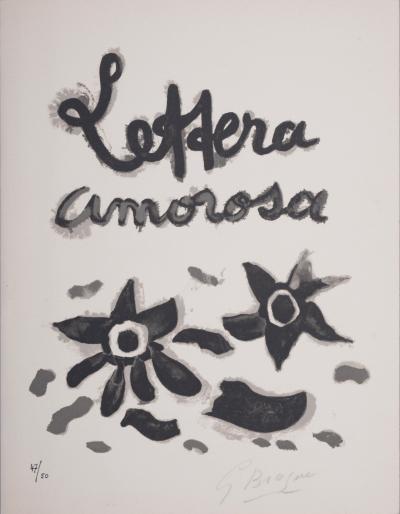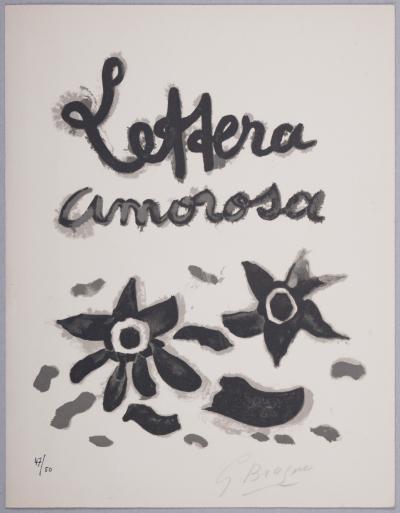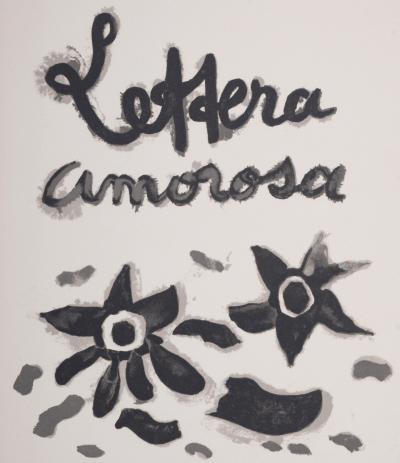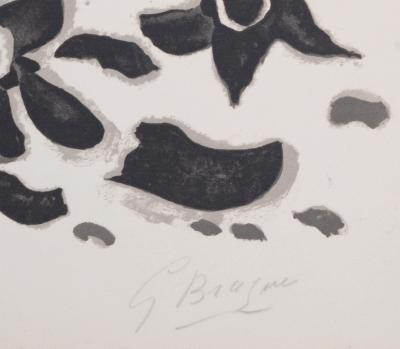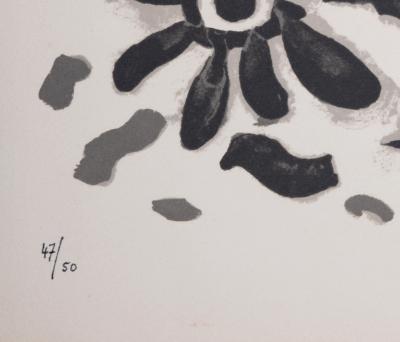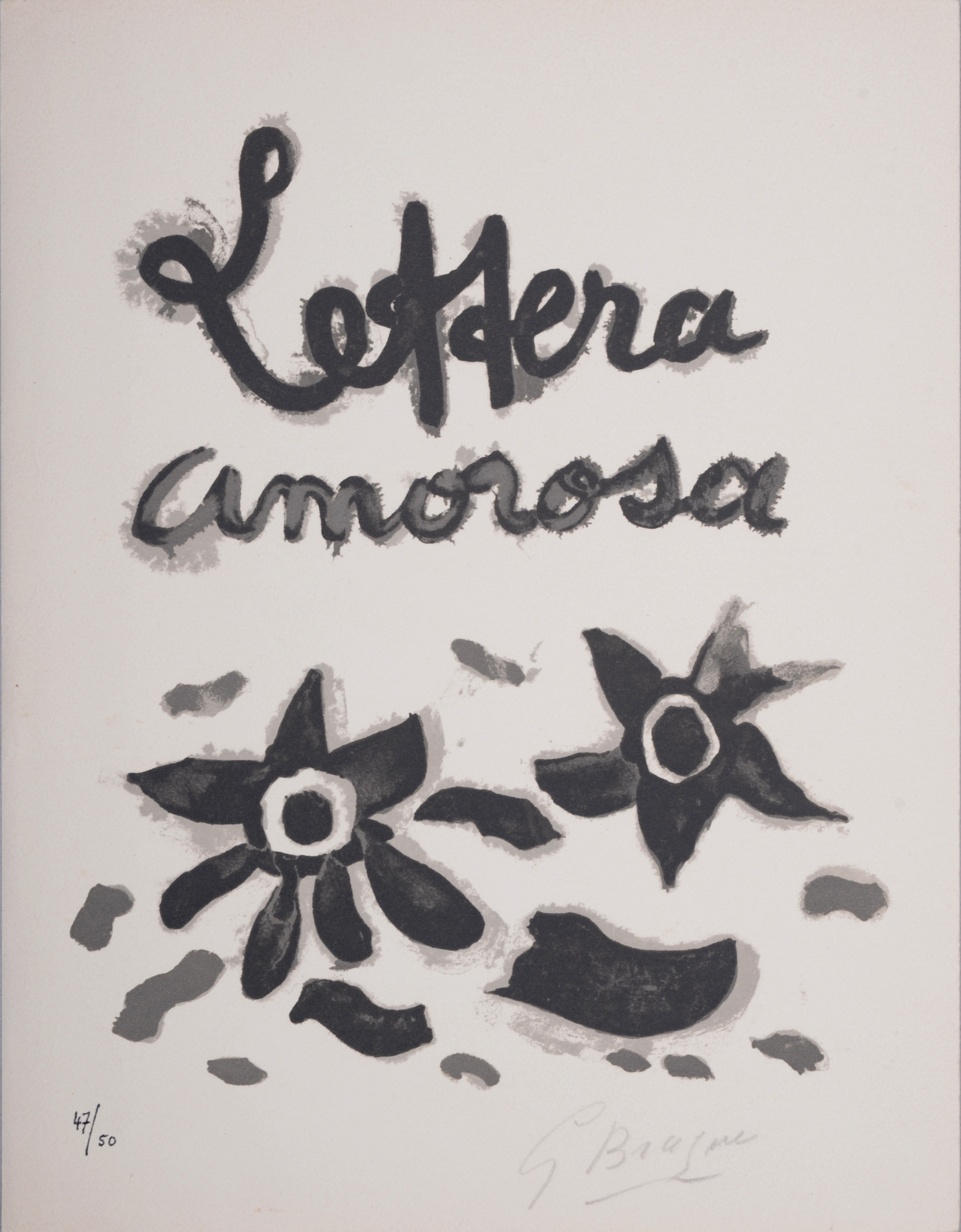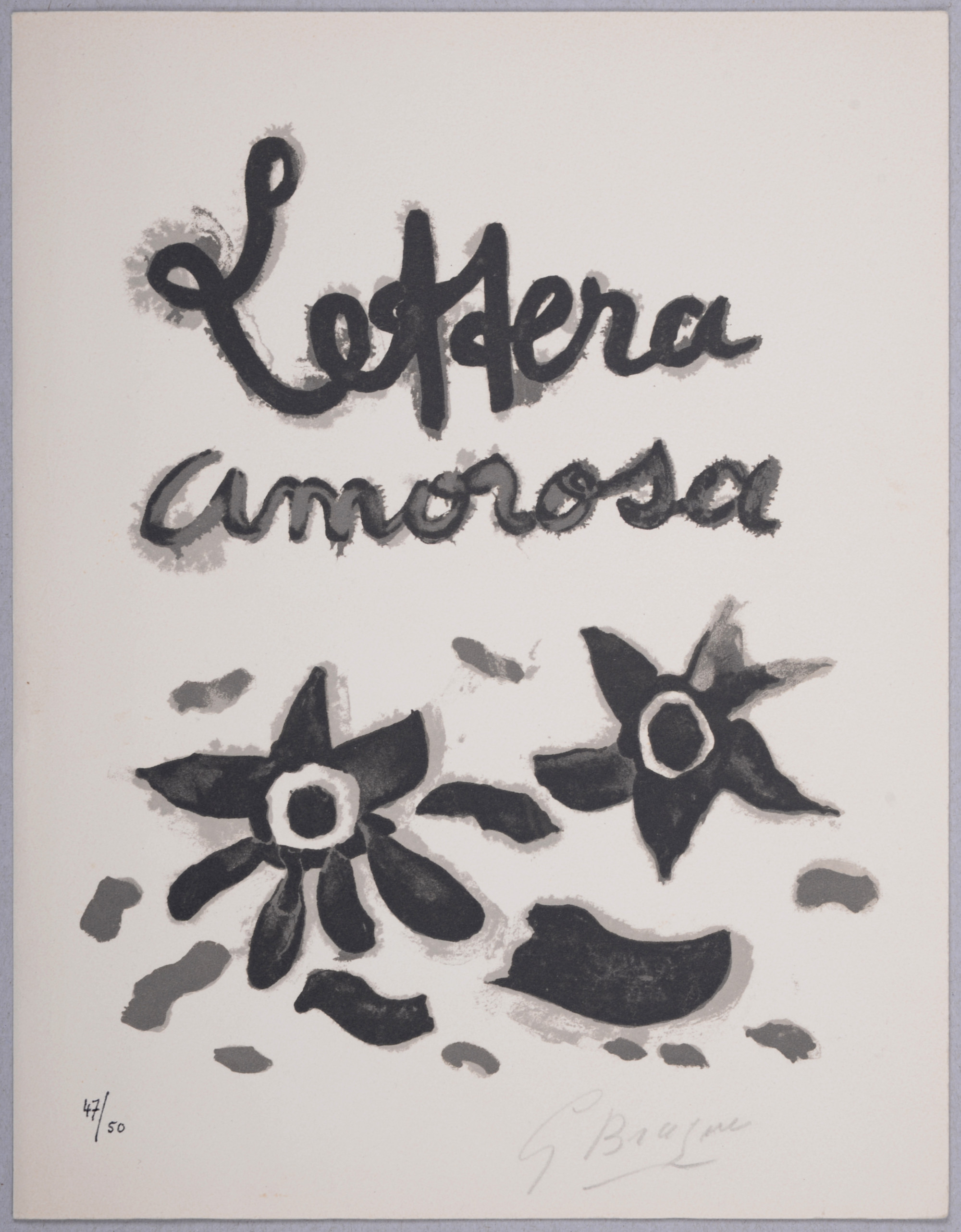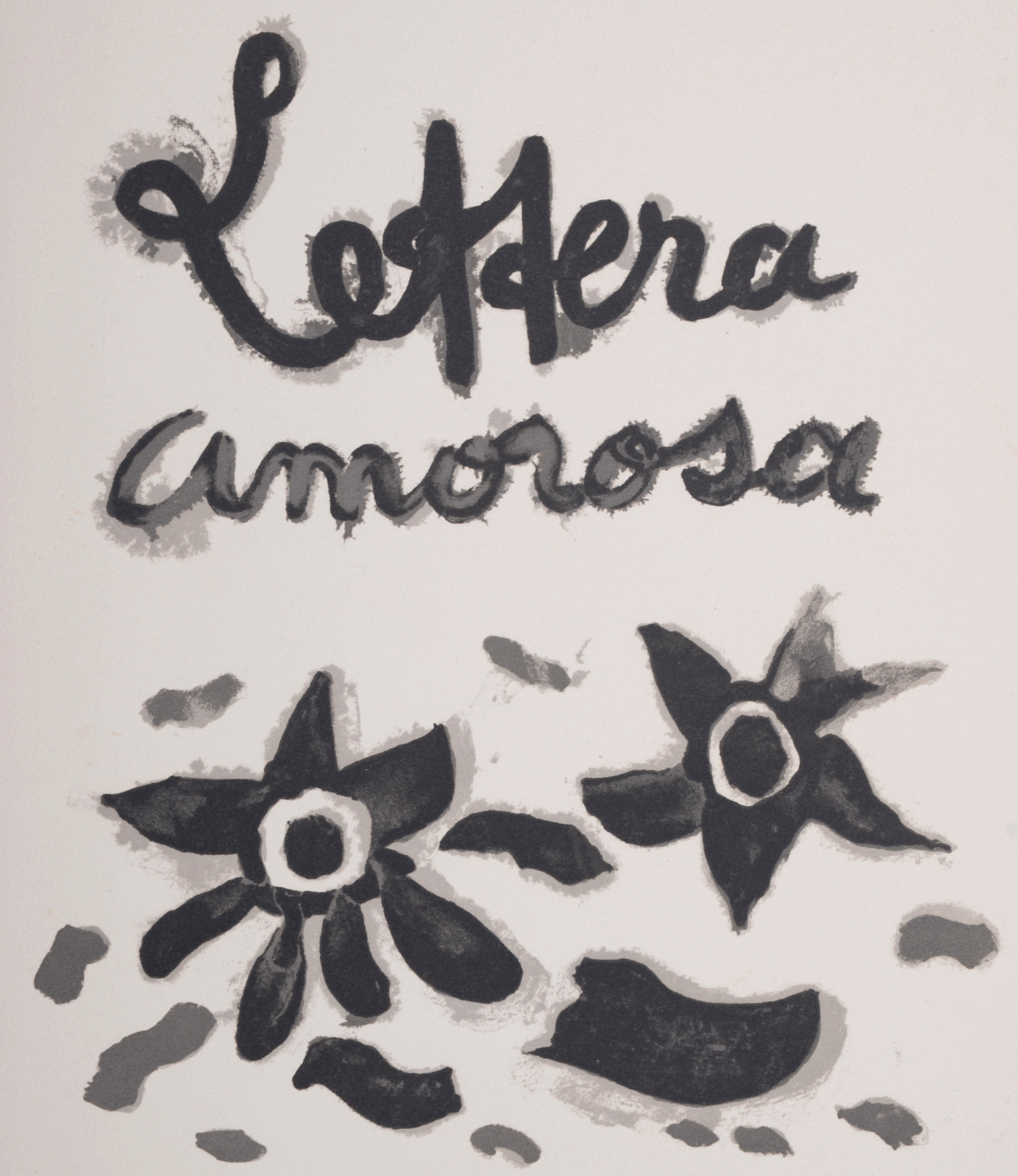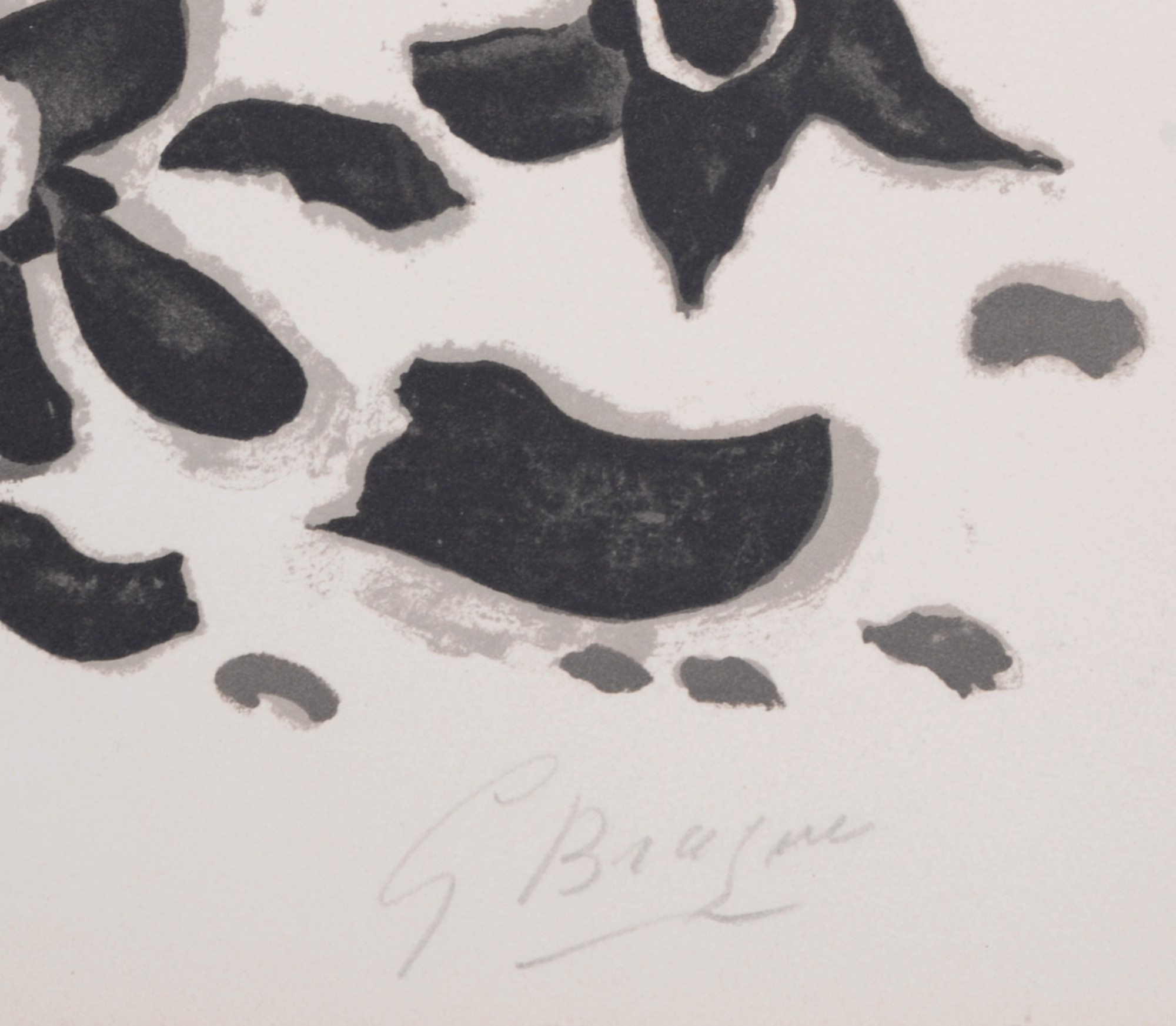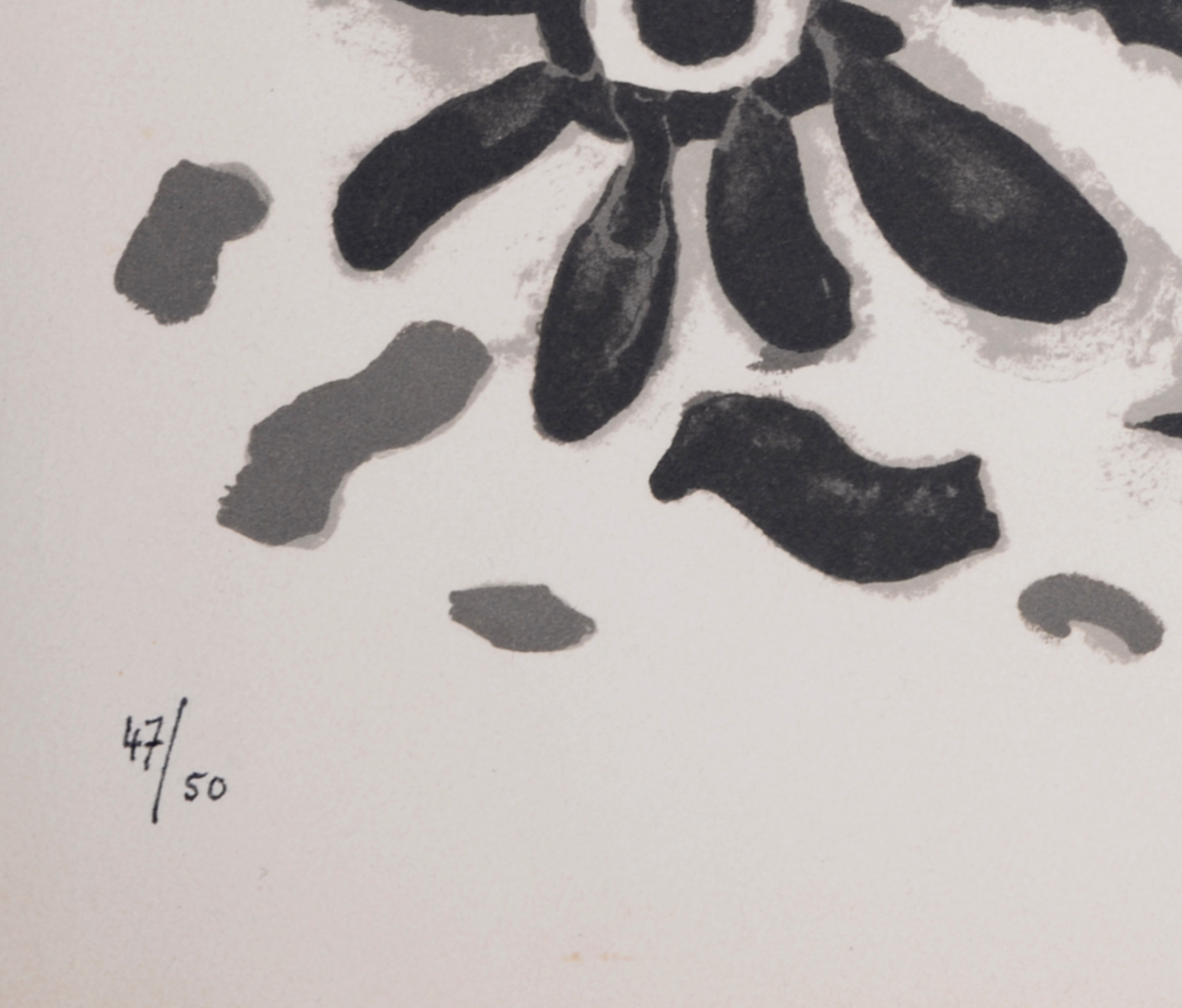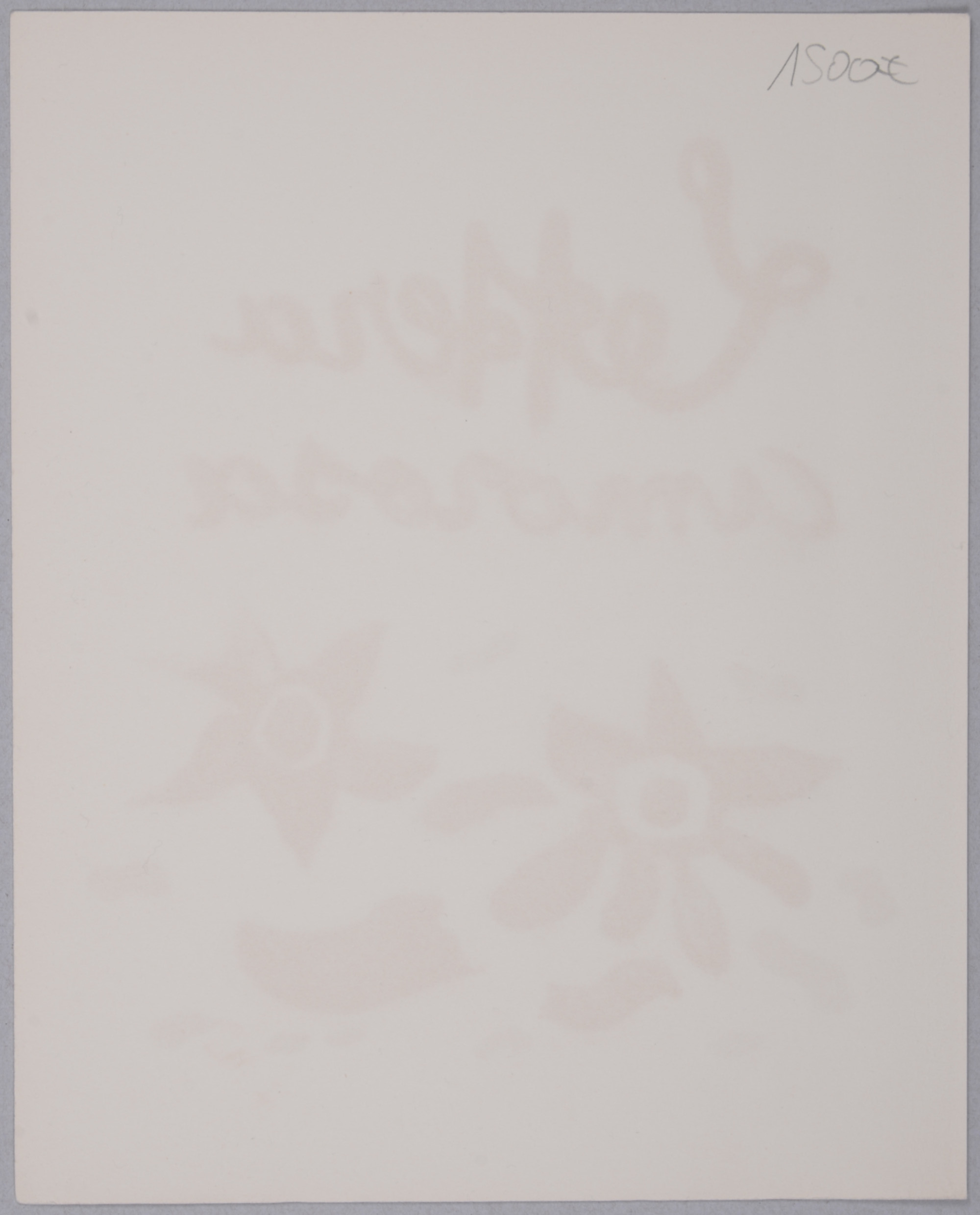-
-
- Alex Katz(1)
- Alexander Calder(21)
- André Derain(88)
- Andy Warhol(21)
- Antoni Tapiès(8)
- Arman(26)
- Aurélie Nemours(1)
- Bengt Lindström(7)
- Bernard Buffet(166)
- César(5)
- Charles Eames(1)
- Charlotte Perriand(17)
- Claude Weisbuch(30)
- Corneille van Beverloo(11)
- Eduardo Chillida(11)
- François Morellet(1)
- Georges Braque(70)
- Gustav Klimt(7)
- Hans Bellmer(17)
- Hans Hartung lithograph(23)
- Henri Matisse(137)
- Hervé Télémaque(6)
- Jacques Villeglé(3)
- Jean Cocteau(215)
- Jean Hélion(7)
- Jean Miotte(5)
- Jean Picart Le Doux(3)
- Joan Miro(111)
- Karel Appel(1)
- Keith Haring(7)
- Ladislas Kijno(3)
- Léonard Tsugouharu Foujita(49)
- Leonor Fini(88)
- Louis Toffoli(7)
- Marc Chagall(249)
- Marie Laurencin(46)
- Maurice de Vlaminck(37)
- Maurice Utrillo(10)
- Max Ernst(29)
- Mimmo Rotella(4)
- Niki de Saint Phalle(2)
- Pablo Picasso(373)
- Peter Klasen(3)
- Philippe Pasqua(3)
- Pierre Alechinsky(23)
- Pierre Soulages lithographs(34)
- Pierre Tal-Coat(3)
- Pierre-Yves Trémois(30)
- Raoul Dufy(43)
- Robert Combas(9)
- Salvador Dali(386)
- Théo Tobiasse(3)
- Valério Adami(30)
- Yves Brayer(41)
- Zao Wou-Ki(11)
Top artists -
-
-
-
- Alex Katz(1)
- Alexander Calder(21)
- André Derain(88)
- Andy Warhol(21)
- Antoni Tapiès(8)
- Arman(26)
- Aurélie Nemours(1)
- Bengt Lindström(7)
- Bernard Buffet(166)
- César(5)
- Charles Eames(1)
- Charlotte Perriand(17)
- Claude Weisbuch(30)
- Corneille van Beverloo(11)
- Eduardo Chillida(11)
- François Morellet(1)
- Georges Braque(70)
- Gustav Klimt(7)
- Hans Bellmer(17)
- Hans Hartung lithograph(23)
- Henri Matisse(137)
- Hervé Télémaque(6)
- Jacques Villeglé(3)
- Jean Cocteau(215)
- Jean Hélion(7)
- Jean Miotte(5)
- Jean Picart Le Doux(3)
- Joan Miro(111)
- Karel Appel(1)
- Keith Haring(7)
- Ladislas Kijno(3)
- Léonard Tsugouharu Foujita(49)
- Leonor Fini(88)
- Louis Toffoli(7)
- Marc Chagall(249)
- Marie Laurencin(46)
- Maurice de Vlaminck(37)
- Maurice Utrillo(10)
- Max Ernst(29)
- Mimmo Rotella(4)
- Niki de Saint Phalle(2)
- Pablo Picasso(373)
- Peter Klasen(3)
- Philippe Pasqua(3)
- Pierre Alechinsky(23)
- Pierre Soulages lithographs(34)
- Pierre Tal-Coat(3)
- Pierre-Yves Trémois(30)
- Raoul Dufy(43)
- Robert Combas(9)
- Salvador Dali(386)
- Théo Tobiasse(3)
- Valério Adami(30)
- Yves Brayer(41)
- Zao Wou-Ki(11)
Top artists -
-
Georges BRAQUE - Lettera Amorosa, 1963 - Original lithograph
Lettera Amorosa, 1963
Original lithograph cover on Vélin de Rives paper.
Hand-signed lower right margin & numbered 47/50 bottom left.
Dimensions:
+ Size of the sheet: 32 x 25 cm / 12,5 x 9,8 in.
Condition: In very good condition, with some light folds on the corners.
From the famous "Lettera Amorosa" in-4 by René Char, known as the last book illustrated by Georges Braque, displaying his best illustrations.
One of the 50 first copies published with an additional suite, out of a total edition of 200 books. This is the cover of the 47th suite. Please note that we only sell the cover, NOT the full
portfolio.
Referenced in Vallier #187 ; Mourlot #121.
Printed by Mourlot on the 21st March 1963, Paris.
Edited by Edwin Engelberts, Geneva.
Dimensions :
- Height : 32 cm
- Width : 25 cm
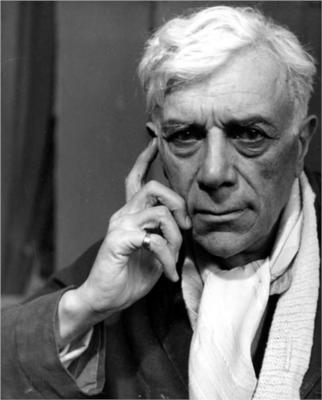 Georges Braque :
(1882-1963) is one of the founding fathers of Cubism. The artist grew up in Le Havre before coming to Paris in 1900. He turned to Fauvism in 1905 and exhibited the next year at The "Salon des Indépendants".
Braque met Picasso at the "Bateau-Lavoir" in 1907 by means of Apollinaire. Both artists share an admiration for Cézanne. Giving up landscape for still life, Braque collaborated with Picasso in the formulation of "analytical" then "hermetic" Cubism doctrines. From 1912, the invention of the "papiers collés" allowed him to reintroduce color which became independent from shape ("Still life with violin", 1912). As a pioneer, he was the first to introduce in his works the printing letter, to use the combs to paint, fake wood, and to add sand, sawdust and nail to the painting surface.
His mobilization in 1914, marked his separation from Picasso. Braque then essentially dedicated himself to still life. From 1928, the artist lightened his palette and the purchase of his Varengeville-sur-mer property near Dieppe in 1930, announced the reappearance of the landscape in his painting. On the other hand, World War II, inspired his darkest paintings. He died in Paris in 1963.
Georges Braque :
(1882-1963) is one of the founding fathers of Cubism. The artist grew up in Le Havre before coming to Paris in 1900. He turned to Fauvism in 1905 and exhibited the next year at The "Salon des Indépendants".
Braque met Picasso at the "Bateau-Lavoir" in 1907 by means of Apollinaire. Both artists share an admiration for Cézanne. Giving up landscape for still life, Braque collaborated with Picasso in the formulation of "analytical" then "hermetic" Cubism doctrines. From 1912, the invention of the "papiers collés" allowed him to reintroduce color which became independent from shape ("Still life with violin", 1912). As a pioneer, he was the first to introduce in his works the printing letter, to use the combs to paint, fake wood, and to add sand, sawdust and nail to the painting surface.
His mobilization in 1914, marked his separation from Picasso. Braque then essentially dedicated himself to still life. From 1928, the artist lightened his palette and the purchase of his Varengeville-sur-mer property near Dieppe in 1930, announced the reappearance of the landscape in his painting. On the other hand, World War II, inspired his darkest paintings. He died in Paris in 1963.
This item is not available. Please click on « View the catalog » to see similar items available.
